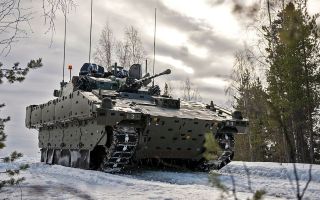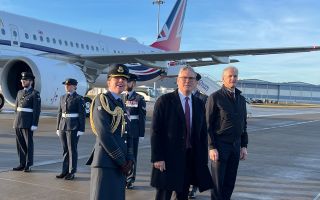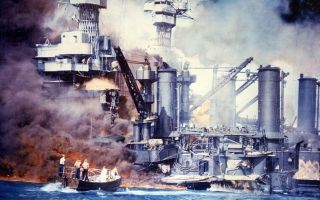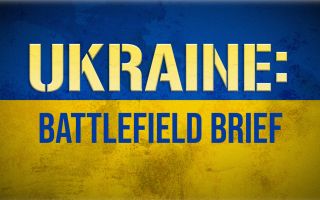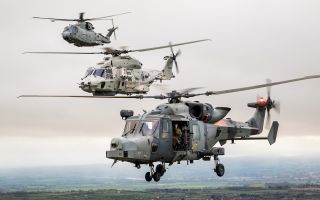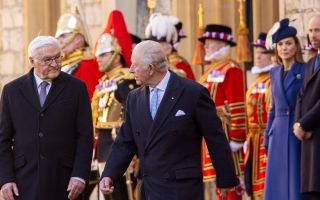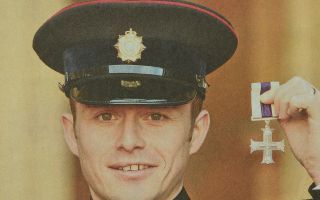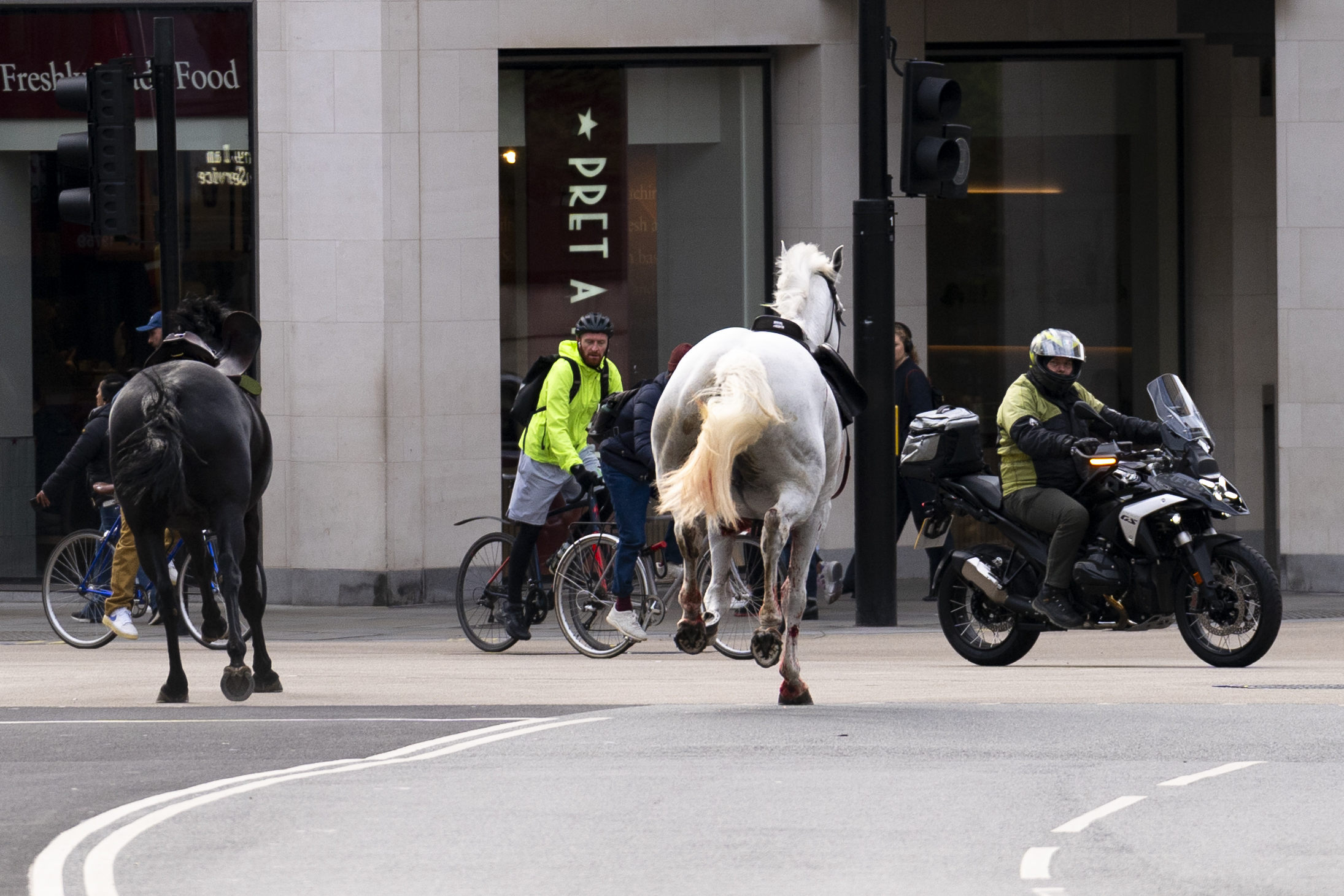
Household Cavalry: Inside the regiment that exercises 150 horses every day in London

Forces News reporter James Wharton spent a decade in the Household Cavalry and shares his inside knowledge.
Vida, the 'Grey' horse belonging to the Household Cavalry Mounted Regiment, covered in claret-red blood while bolting through the streets of central London, is an image I fear that will remain in the public's memory for years to come.
Indeed, the videos shared widely are shocking and, more to the point, concerning from an animal welfare perspective.
Nobody likes to see these beautiful creatures – who have served the British Army for centuries – hurt or in distress.
In the immediate aftermath of this week's events, there has been, perhaps unsurprisingly in the social media-frenzied climate we live in, calls for the Army to stop using horses for military ceremonial duties.
A quick browse of X turns up all sorts of accusations and criticisms levied towards the regiment I lived and breathed for a considerable part of my life.
But let me assure anyone, Household Cavalry horses are some of the best cared-for horses in the country. And the men and women responsible for them, soldiers and officers I know well, are some of the most committed and highly trained members of our Armed Forces.
The events of this week will have been as distressing internally as they have been for those looking on from afar.
The fact this terrible incident, which we now know to have been caused by an accident involving a construction site, occurred on the eve of one of the most important ceremonial events of the year, the Major General's Inspection.
That the regiment went on to perform excellently on that parade, speaks volumes about the professionalism of its soldiers.
But why does the Army exercise horses on London's streets, and why do they sometimes become spooked?
When the incident occurred, the regiment's horses were being exercised – as they are every day (except Sundays) – during what's referred to as 'watering order'.
Watering order takes its name from the historic daily routine of troops being ordered to ride their horses to one of the several watering troughs located around Westminster – many of which are still present today as ornaments on the side of the road.
In years gone by, the order to ride to these locations would ensure horses were appropriately exercised. Nowadays, the name remains, but there's no riding to actual troughs.
Those who are up early enough in the areas surrounding the barracks in Knightsbridge will be accustomed to the sight and sound of soldiers exercising their horses. It's a joyous scene and something quite particularly 'London' in terms of activity.
I used to love it.

Getting out there at 7 o'clock while most people were still sleeping, riding along the King's Road or through Battersea Park in my Number Two dress (mounted) just as the sun came up. It felt like a perk of the job.
Which of course it was.
But it is also a vital activity for the horses, ensuring they get the exercise and stimulation needed for them to be able to conduct state ceremonial activities.
Generally speaking, the horses are back at base by 08:00 in the morning. Ordinarily, they are then fed and, finally, the soldiers themselves can go to breakfast.
But on Wednesday, the situation involving the loose horses happened a little later, at about 08:25.
Thanks to an Army statement, we know the reason for this was due to the soldiers conducting what’s referred to as an 'extended' watering order, which is common while horses are being worked back up to full fitness (which they tend to require after a winter's break living in the fields of Leicestershire).
Or, as was the case this week, in preparation for a specific ceremonial event – which they were due to complete the following day.
It's been reported that the horses were spooked by an extremely loud and unexpected noise.
This event caused the horses to bolt, during which some of the soldiers became unseated. In the regiment, we used to refer to this as ‘getting binned,’ which would generally result in some teasing among the lads.
Thankfully on Wednesday, the soldiers who were injured in the incident were treated quickly, and the Army has reported that all personnel are expected to return to full duties in no time at all, which is superb news.
Horses in the Household Cavalry are trained to deal with loud and unexpected noises.
This is done ethically to ensure that when on parade, the horses can cope with all the different things going on around them.
But sometimes, something strange can startle the horses, and it doesn't necessarily have to be something loud and brash.
One of the dangers we used to watch out for was bus shelters – particularly those with revolving adverts fitted to them. Sometimes, when the adverts changed – completely unexpectedly from the perspective of the horse – the event would spook the animal and cause a fright.
In situations like this, it falls to the soldier to calm the horse which, generally speaking, is easily achieved.
Let's not forget that soldiers in the Household Cavalry Mounted Regiment are highly trained riders.
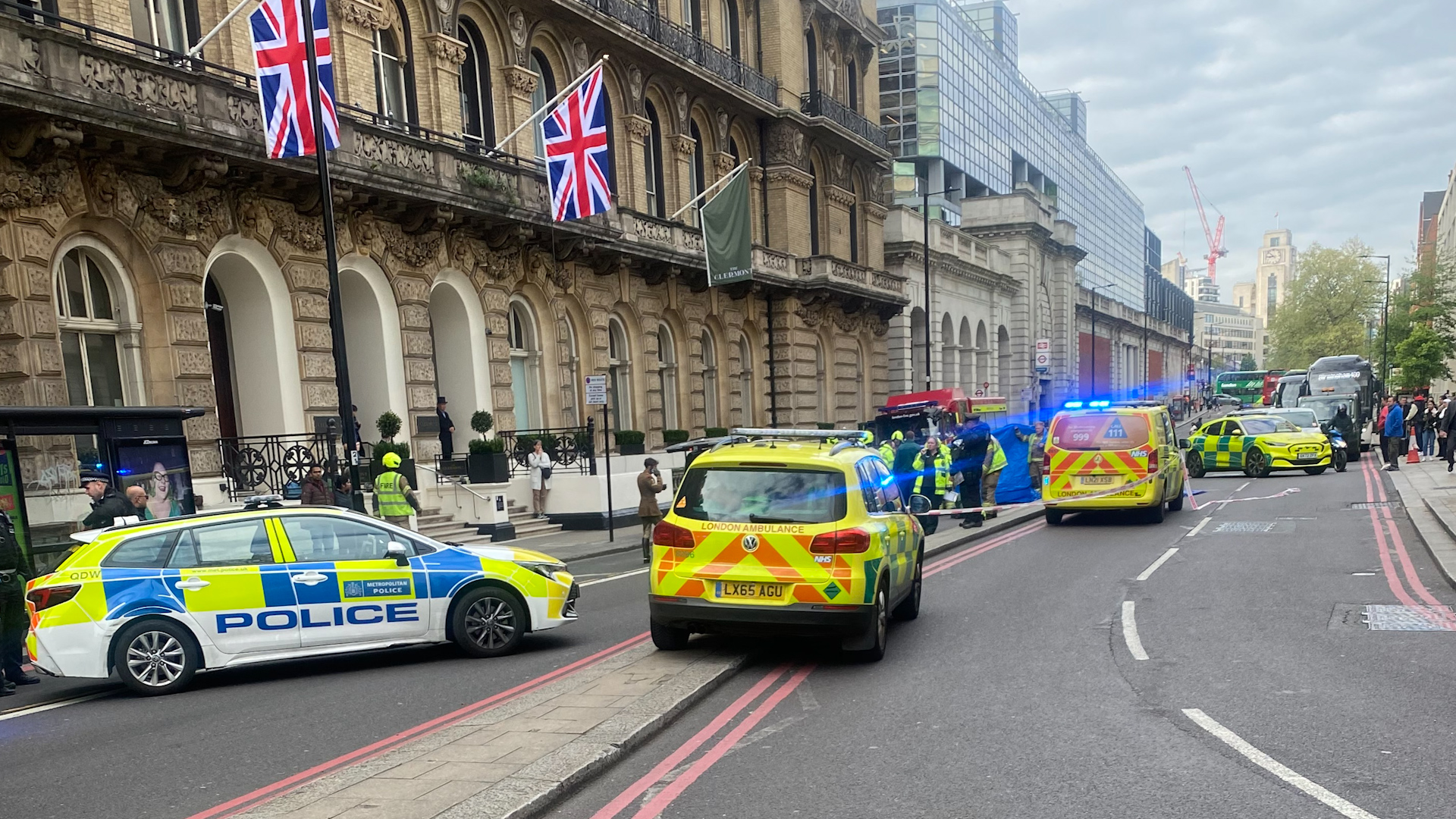
All personnel are required to undertake at least six months of daily tuition in riding school, regardless if they can ride before joining the Army or not.
Like almost every other soldier who joins the cavalry, I went from never sitting on a horse before in my life, to being an accomplished rider responsible for keeping half a tonne of animal under control just a few feet away from the Queen.
They wouldn't let 18-year-old soldiers do this unless they were quite sure of their abilities in the saddle.
Any inferences, and there have been some made online this week, that soldiers are not trained well enough to deal with these scenarios are simply incorrect.
On the day of the Royal Wedding of the now Prince and Princess of Wales in 2011, I was riding a horse called Doncaster – which I considered a pretty 'bomb-proof' sort of horse.
Nothing ever really phased him.
While we were waiting to depart the barracks, mid-way through the commanding officer's inspection, a strange earthquake-like rumble could be heard across London.
At first, nobody knew what it was. It made me uneasy as I simply had no reference to it in my prior experience. I thought, what on earth was this noise?
Many of the horses, Doncaster included, immediately responded negatively.
Some became excited and started playing up. Members of the band, some of whom were sat on top of their horses carrying big brass instruments, began to get messed around by their chargers.
It was all a bit wild for a few seconds or so.
Nobody fell off, and it wasn't a particularly distressing noise… but it was the uniqueness of it that caused the reaction of the horses.
They just didn't know what it was, and it had spooked them.
We found out later that it was the sound of thousands of people cheering at the precise moment the Princess was first seen in her wedding dress.
I have never forgotten that noise.
I'm not for one second equating it to anything like what occurred this week, but it serves to demonstrate how even the most 'bomb-proof' of horses, unfazed by almost anything you can throw at them, can be set off by something happening that they are not used to.
In the hours following the incident on Wednesday, the commanding officer of the Household Cavalry Mounted Regiment, Lieutenant Colonel Matt Woodward, provided an update via a video posted online.
In it, while pointing out how many horses are exercised every day on the streets of London and how rare it is for something to go wrong, the colonel remarked that some of the horses have required medical treatment.
Since then, defence minister James Cartlidge has provided a further update on the wellbeing of the horses, confirming that two of them – Vida and Quaker – required surgery.
The Sun newspaper has since reported that the latter is sadly in a particularly vulnerable stage of recovery.
Let's hope the horse makes it.
As said by Lieutenant Colonel Woodward in his video update, exercising the regiment's horses in the setting where they are expected to perform ceremonial duties allows the animals to become 'inoculated' to the sights and sounds of their environment.
And it's this that ultimately allows the Household Cavalry to deliver excellence on parade.


